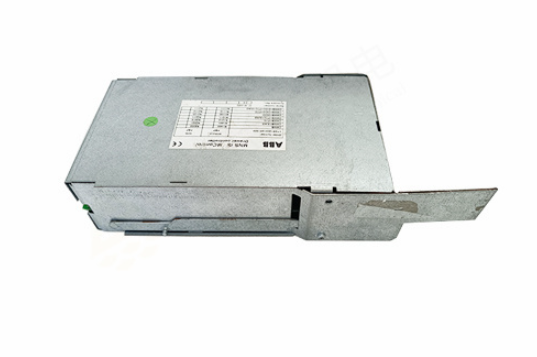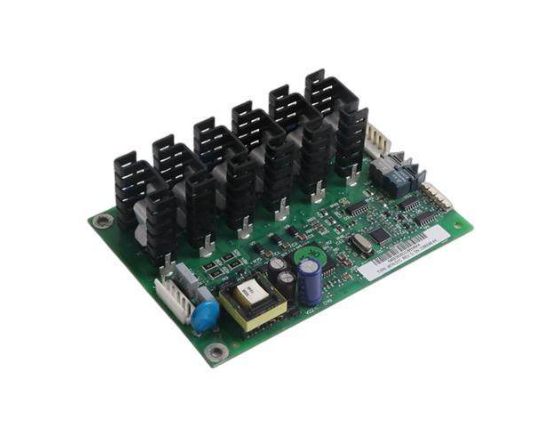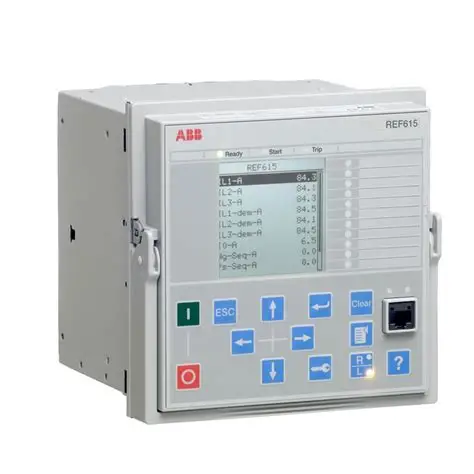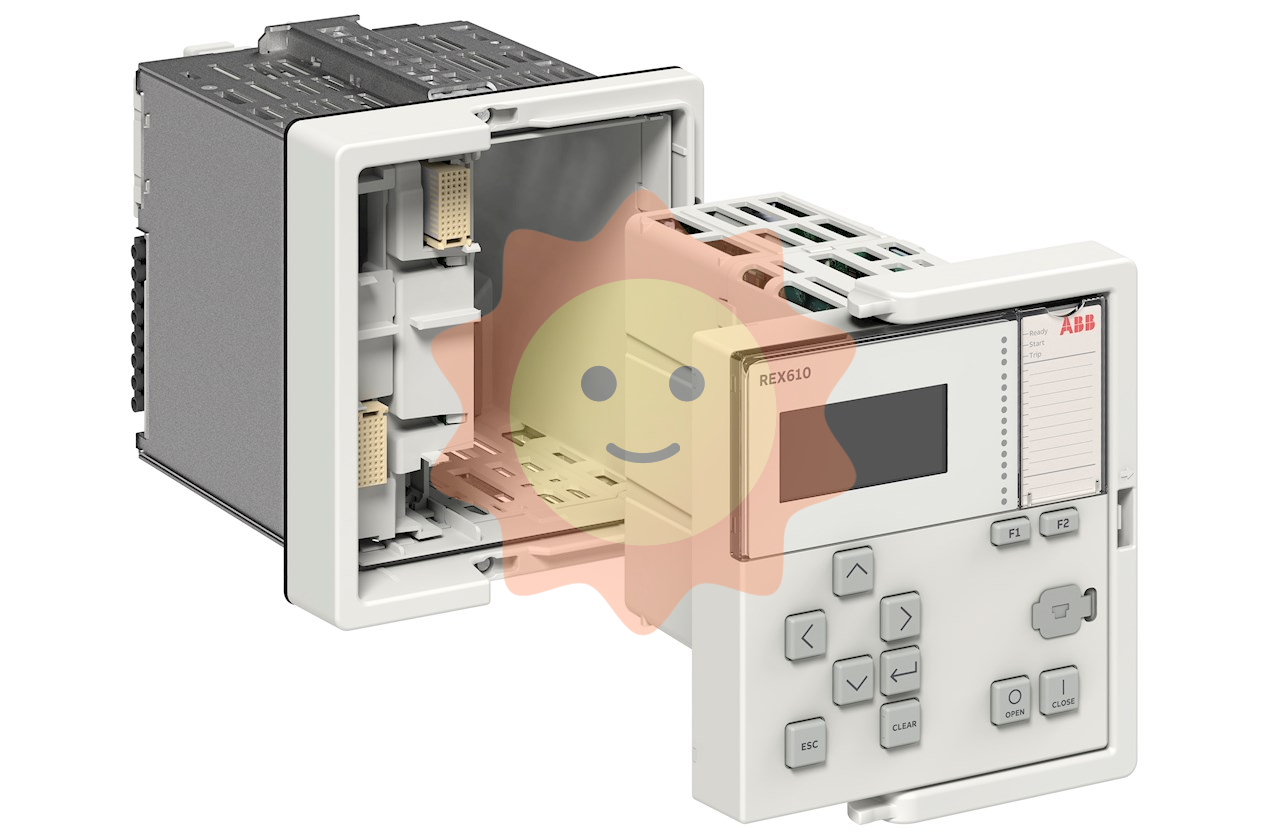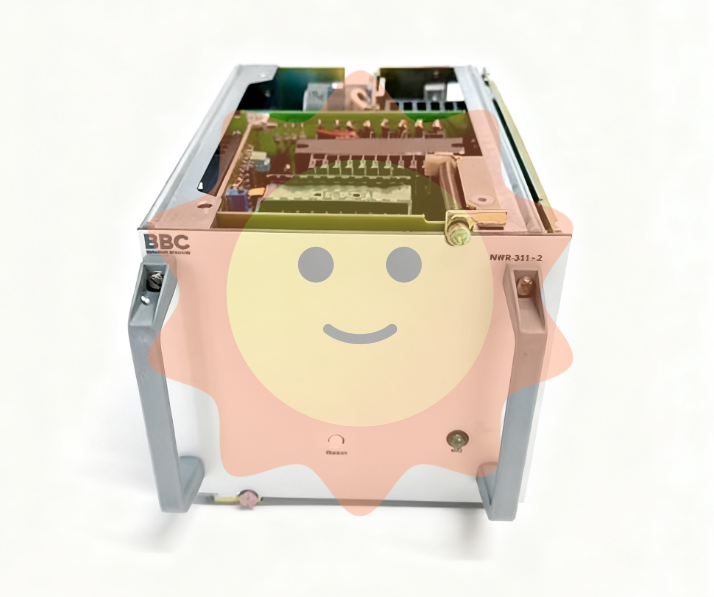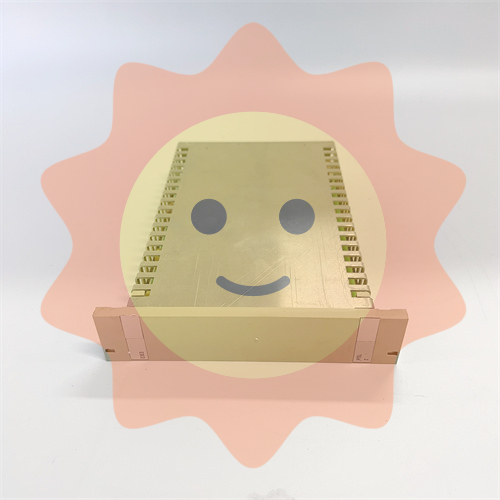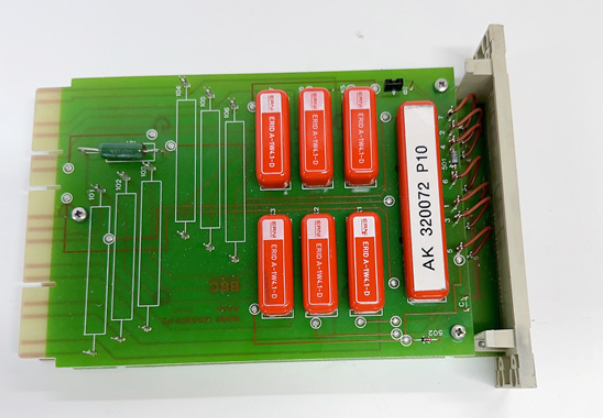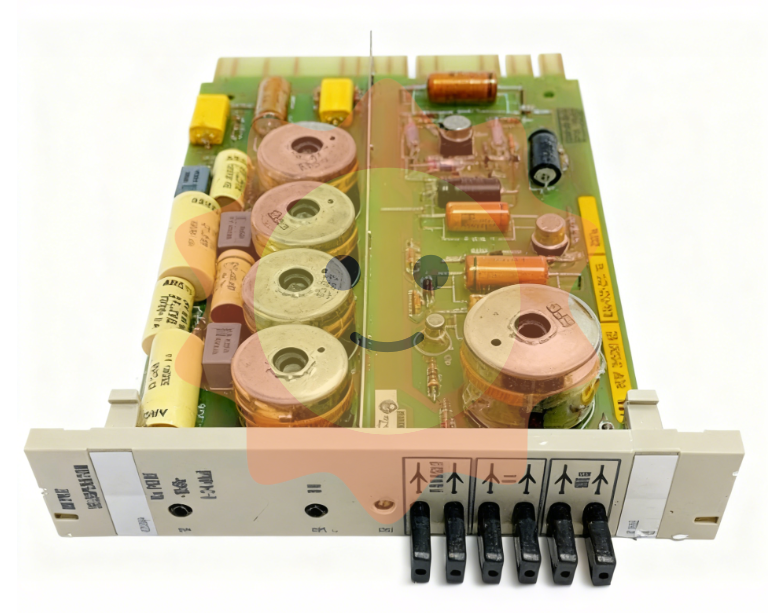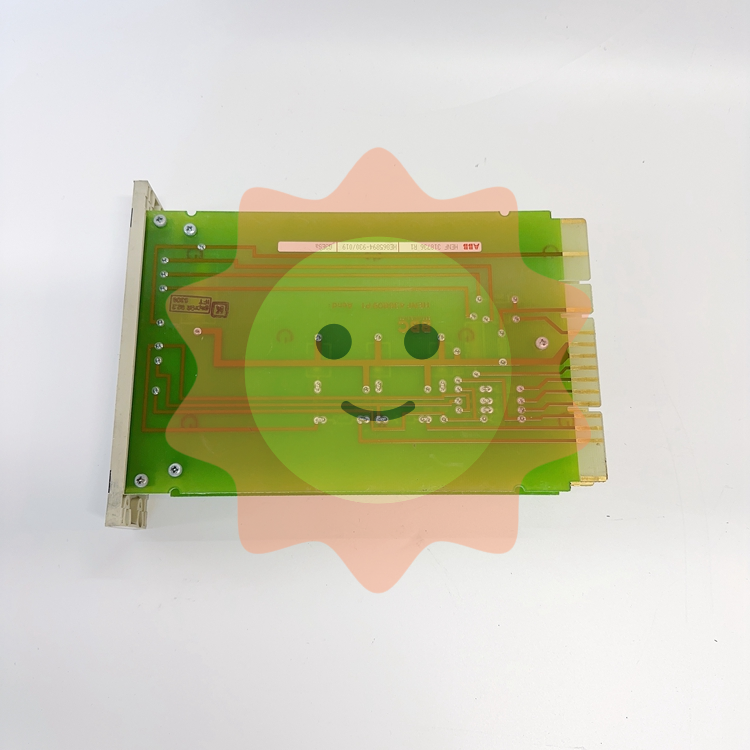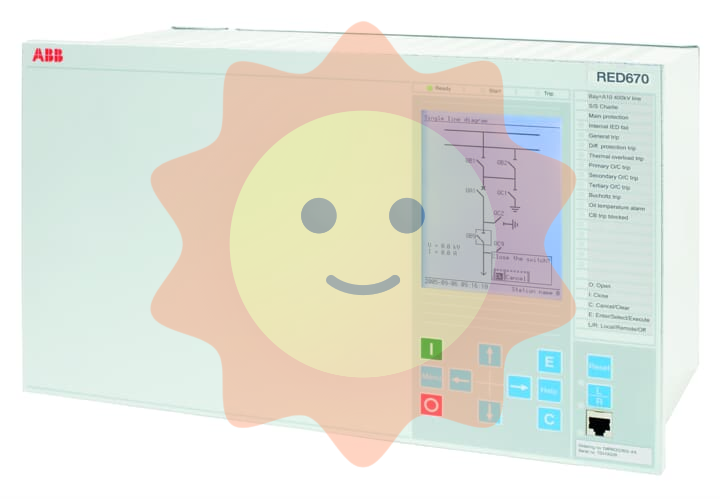We will accelerate the development of urban environmental infrastructure
I. General requirements
(1) Guiding ideology. We will work hard to strengthen weak areas and strengths, improve layout and quality, comprehensively improve the supply quality and operation efficiency of urban environmental infrastructure, promote the integrated, intelligent and green development of environmental infrastructure, gradually form an environmental infrastructure network extending from cities to organized towns and villages, promote synergies in reducing pollution and carbon, and promote continuous improvement of ecological and environmental quality. Help to achieve the goal of carbon peak and carbon neutrality.
(2) Working principles.
Adhere to the system concept. Pay attention to systematic planning, overall planning and promotion, moderately advance investment and construction, improve the supply capacity of urban environmental infrastructure, promote co-construction and sharing, and coordinate disposal, and improve the level of environmental infrastructure with cities and villages.
Adhere to local conditions. According to the status quo of economic and social development and environmental infrastructure construction in different regions, different policies will be adopted, precise efforts will be made to speed up the shortcomings and weaknesses, and orderly promote the transformation and upgrading of urban environmental infrastructure.
We will continue to empower science and technology. We will strengthen research on key core technologies of urban environmental infrastructure and break through technical bottlenecks. We will accelerate technological innovation in environmental pollution control and the transformation of scientific and technological achievements, promote advanced and applicable technology and equipment, and improve technology and management.

Adhere to the market orientation. We should give play to the decisive role of the market in allocating resources, standardize market order, create a fair and just market environment, and activate the vitality of various entities. We will innovate the operational model of urban environmental infrastructure investment, guide the extensive participation of private capital, and form a market-oriented operating mechanism with clear powers and responsibilities, effective constraints, and professional management.
3. Overall Objectives. By 2025, the supply capacity and level of urban environmental infrastructure will be significantly improved, and weaknesses in key areas and areas will be accelerated to build an environmental infrastructure system integrating sewage, garbage, solid waste, hazardous waste and medical waste treatment and disposal facilities as well as monitoring and supervision capabilities. By 2030, we will basically establish a modern environmental infrastructure system that is systematic, efficient, practical, intelligent, green, safe and reliable.
The main objectives of urban environmental infrastructure construction in 2025:
Sewage treatment and resource utilization. The sewage treatment capacity has been increased by 20 million cubic meters per day, the sewage collection network has been increased and renovated by 80,000 kilometers, and the production capacity of recycled water has been built, rebuilt and expanded by no less than 15 million cubic meters per day. The sewage treatment rate in counties has reached more than 95%, the sewage resource utilization rate in water-scarce cities at the prefecture level and above has exceeded 25%, and the urban sludge harmless disposal rate has reached 90%.
Domestic waste disposal. The classification and collection capacity of domestic waste has reached about 700,000 tons/day, and the incineration capacity of urban domestic waste has reached about 800,000 tons/day. The utilization rate of urban solid waste resources has reached about 60%, and the proportion of urban solid waste incineration treatment capacity in harmless treatment capacity has reached about 65%.
Solid waste disposal. The capacity of solid waste disposal and comprehensive utilization has been significantly improved, and the utilization scale has continued to expand, and the comprehensive utilization rate of new bulk solid waste has reached 60%.
Disposal of hazardous waste and medical waste. The weaknesses of hazardous waste and medical waste collection and treatment facilities are basically made up, the disposal capacity of hazardous waste is fully guaranteed, the technical and operational level is further improved, and all medical waste in built-up areas of cities above the county level is harmless disposal.

Second, we will speed up efforts to improve our capabilities
(4) Improve sewage collection, treatment and resource utilization facilities. Promote the full coverage of urban sewage pipe networks, and promote the integration of domestic sewage collection and treatment facilities. We will speed up the construction and improvement of domestic sewage collection networks in urban villages, old and old urban areas, urban and rural fringe areas, established towns and poverty alleviation resettlement areas in inhospitable areas. We will intensify the investigation of sewage pipe networks and promote the repair and renewal of old pipe networks. Cities at the prefecture level and above along the main stream of the Yangtze River have basically solved the problem of mixed and misconnected municipal sewage pipe networks, and urban built-up areas along the main stream of the Yellow River have vigorously promoted the renovation of mixed and misconnected pipe networks to basically eliminate direct sewage discharge. The layout and scale of sewage treatment facilities should be coordinated and optimized. Large and medium-sized cities can promote construction in accordance with the principle of moderate advance, and established towns should reserve appropriate space for development. The Beijing-Tianjin-Hebei Region, the Yangtze River Delta, the Guangdong-Hong Kong-Macao Greater Bay Area, the Eastern Route of the South-to-North Water Diversion Project, the Hainan Free Trade Port, cities and counties along the Yangtze Economic Belt, and cities along the main stream of the Yellow River have all achieved centralized domestic sewage treatment capacity. We will make steady progress in diverting rain and pollution in light of local conditions. We will accelerate the utilization of sewage resources, and systematically plan and build sewage recycling facilities in conjunction with the upgrading and capacity expansion of existing sewage treatment facilities.
(5) Gradually improve the classification and treatment capacity of domestic waste. Construction of classified delivery, classified collection, classified transportation, classified treatment of domestic waste treatment system. Reasonable layout of household garbage classification and collection sites, improve the classification and transportation system, and speed up the completion of classification, collection and transportation facilities. Urban built-up areas where the daily volume of domestic waste exceeds 300 tons will accelerate the construction of waste incineration treatment facilities. Areas that do not have the conditions to build large-scale waste incineration treatment facilities are encouraged to build through cross-regional co-construction and sharing. In accordance with the principles of scientific assessment and moderate advance, the construction of kitchen waste treatment facilities will be steadily and orderly promoted. We will strengthen the construction of facilities for recycling, sorting and disposal of recyclables, and improve the level of recycling and resource utilization of recyclables.

6. Continue to promote the construction of solid waste disposal facilities. Promote the construction of industrial solid waste disposal and comprehensive utilization facilities in industrial parks, and improve the capacity of disposal and comprehensive utilization. Strengthen the fine classification and resource utilization of construction waste, improve the quality of construction waste recycling products, expand the scope of use, and standardize the collection, storage, transportation, utilization and disposal of construction waste. We will improve regional recycling and utilization systems for renewable resources, and promote the classification, utilization and centralized disposal of waste such as scrap steel, scrap non-ferrous metals, scrap motor vehicles, retired photovoltaic modules and wind turbine blades, waste household appliances, waste batteries, waste tires, waste wood products, waste textiles, waste plastics, waste paper, and waste glass. We will carry out 100 demonstrations on the comprehensive utilization of bulk solid waste.
(7) Strengthening and improving the disposal capacity of hazardous waste and medical waste. Comprehensively understand the production volume, regional distribution and utilization and disposal capacity of various types of hazardous waste, and scientifically layout and build centralized hazardous waste disposal facilities that match the overall production and waste situation. Strengthen the disposal capacity of special types of hazardous waste, and build a number of regional centralized disposal bases with strong disposal capacity and high technical level for hazardous waste requiring special disposal and possessing regional distribution characteristics in accordance with the principle of national overall planning and relative concentration, focusing on major industrial bases according to local conditions. China has set up six national and regional hazardous waste risk prevention and control technology centers and 20 regional special hazardous waste centralized disposal centers. Actively promote the construction of emergency treatment capacity of medical waste in cities at the prefecture level and above, improve the county-level medical waste collection, transport and disposal system, and promote the upgrading of existing centralized treatment facilities for medical waste.
Third, focus on building integrated urban environmental infrastructure
(8) Promoting overall planning for environmental infrastructure systems. Emphasize planning first, in accordance with the principles of green, low-carbon, intensive and efficient, circular development, overall planning and layout of urban environmental infrastructure, according to urban infrastructure construction planning, ecological environmental protection planning, do a good job of environmental infrastructure site selection. Encourage the construction of sewage, garbage, solid waste, hazardous waste, medical waste treatment and disposal and resource utilization of "multi-in-one" comprehensive disposal bases, promote the construction of vein industrial parks, promote the construction of renewable resources processing and utilization bases (parks), and strengthen the industrial recycling links of bases (parks). Promote the sharing of various treatment facilities, process and equipment, resource and energy sharing, environmental pollution co-management, and liability and risk sharing, so as to achieve rational use of resources, effective disposal of pollutants, and prevention and control of environmental risks. We will continue to promote the coordinated treatment of domestic waste and sewage at the county level, and support the extension of conditional local garbage and sewage treatment facilities and services to rural areas.

9. Strengthen coordination and efficient connectivity of facilities. Give full play to the collaborative disposal function of environmental infrastructure, break the barriers of cross-field collaborative disposal mechanism, and focus on promoting the effective connection between municipal sludge disposal and waste incineration, leachate and sewage treatment, comprehensive utilization of incineration slag and solid waste, incineration fly ash and hazardous waste disposal, and hazardous waste and medical waste disposal, so as to improve the collaborative disposal effect. Promote the incineration of municipal sludge, biogas residue, concentrated liquid and other waste in domestic waste incineration facilities, and realize the sharing and sharing of incineration treatment capacity. For areas or facilities that have the conditions for receiving leachate discharge, it is explored to carry out the receiving leachate discharge under the premise that the leachate meets the environmental protection and receiving standards after pretreatment. We will build desalination projects in coastal areas lacking water and promote the comprehensive utilization of concentrated salt water.
Fourth, promote smart green upgrading
10. Advancing digital integration. Make full use of technologies such as big data, the Internet of Things, and cloud computing to promote the intelligent upgrading of urban environmental infrastructure, and encourage the construction of an intelligent processing system for the whole process of urban waste collection, storage, handover, transportation, and disposal. Promote operation and supervision model innovation with digitalization, make full use of existing facilities to build a centralized and unified monitoring service platform, strengthen information collection, sharing, analysis, assessment and early warning, sewage, garbage, solid waste, hazardous waste, medical waste treatment and disposal into the unified supervision, increase the coverage of factor monitoring, and gradually establish and improve the intelligent management system of environmental infrastructure. Accelerate the establishment of a national medical waste information management platform, and improve the modern management level of medical waste disposal. We will strengthen online real-time monitoring of pollutant discharge and environmental quality, intensify regular checks on the functions of facilities and equipment, and strengthen our ability to prevent and control environmental risks.
(11) Enhance the green background color. We will adopt advanced energy-saving, low-carbon and environmental protection technologies, equipment and processes to promote the green and high-quality development of urban environmental infrastructure. For the environmental infrastructure with low technical level and unstable operation, measures such as optimizing the treatment process and strengthening operation management shall be taken to promote stable emission standards. Strengthen the capacity of environmental infrastructure to prevent and control secondary pollution. Strengthen the harmless and resource treatment of sludge. We will carry out standardized and orderly treatment of landfill facilities with full storage capacity, and accelerate the improvement of incineration fly ash, leachate, concentrated liquid, landfill gas, biogas residue, biogas slurry treatment and resource utilization capacity. We will raise the level of facilities for the utilization of renewable resources and promote the intensive and green development of the renewable resource utilization industry.

5. Improve the marketization of construction and operation
12. Actively foster a standardized and open market environment. We will improve the market-based operation mechanism for urban environmental infrastructure, treat all types of market players equally, and create an efficient, standardized, fair and open market environment for fair competition. Market players with strong technical ability, high operational management level, good reputation and social responsibility are encouraged to enter the field of environmental infrastructure fairly, and all kinds of social capital are attracted to actively participate in construction and operation. We will improve market supervision mechanisms, standardize market order, and avoid vicious competition. We will improve the credit system for market entities and strengthen the collection, sharing, disclosure and application of credit information.
13. Promoting third-party treatment of environmental pollution. We will encourage innovation in third-party governance models and mechanisms, and, in accordance with the principles of polluters paying, market-based operation, and government guidance and promotion, encourage third-party governance enterprises to carry out professional pollution control, focusing on industrial clusters such as industrial parks and industrial bases, so as to improve the level of facility operation and the effectiveness of pollution control. About 100 demonstration parks will be built to further promote third-party environmental pollution control. Select a number of typical cases of third-party environmental pollution treatment, and summarize and promote mature and effective treatment models.
14. Exploring the development of trusteeship services for comprehensive environmental governance. Large environmental protection groups and environmental pollution control enterprises with professional capabilities are encouraged to form consortials to provide comprehensive environmental management trustement services for the treatment and disposal of regional sewage, garbage, solid waste, hazardous waste and medical waste in accordance with the principles of overall planning and construction, systematic collaborative operation and multi-field professional management. Focusing on the development of 120 county seat construction demonstration areas to carry out comprehensive environmental management trusteeship service pilot, and actively explore the long-term operation model and supervision mechanism of regional overall environmental trusteeship service. We will continue to pilot ecological and environment-oriented development models.
Sixth, improve the security system
15. Strengthening scientific and technological support. Improve the market-oriented mechanism of technological innovation, strengthen the dominant position of enterprises in technological innovation, increase the independent innovation of key environmental treatment technologies and equipment, and focus on the technical shortcomings in the field of solid waste disposal such as kitchen waste, sludge, incineration fly ash, leachate, phosphogypso, manganese residue, enriched heavy metal waste and small waste incineration. Collect and select a group of units that master key core technologies and have strong innovation capabilities to focus on tackling key problems. Improve the mechanism for transforming technological innovation achievements, promote the deep integration of industry, university, research and application, support the demonstration and application of the first (set) of major technologies and equipment, strengthen the innovation and transformation and application demonstration of key technologies and equipment, and strive to improve the technology and equipment level of environmental protection industries.

16. Improving the pricing and charging system. We will improve pricing and charging mechanisms for the disposal of sewage, domestic garbage, hazardous waste and medical waste. For those segments whose market development is more mature and whose prices can be adjusted through the market, prices and charging standards shall be determined in accordance with the market approach. For those segments where market development is insufficient and it is temporarily difficult to fully adjust prices and fees by relying on the market, we will take into account the public welfare nature of environmental infrastructure, and improve prices and fees in accordance with the principle of covering costs and reasonable benefits. We will actively implement differentiated discharge charges and establish a dynamic charge adjustment mechanism to ensure sustainable operation of environmental infrastructure. Charges for domestic sewage treatment in established towns will be introduced in an orderly manner. We will promote the payment of operation fees according to the concentration of influent pollutants and the amount of pollutants reduced in sewage treatment plants. Let the government set the price of recycled water, and let the reclaimed water supply enterprises and users negotiate the price independently in accordance with the principle of high quality and high price. We will fully implement the household waste charging system, implement garbage metering charges for non-resident users, explore volumetric charges for resident users, encourage local governments to innovate household waste disposal charging models, and continuously improve the collection rate. Overall consideration of the characteristics of regional medical institutions, medical waste generation and treatment costs and other factors, reasonable approval of medical waste disposal fees, encourage the use of weight billing, with competitive conditions, charging standards can be determined by the medical waste disposal unit and medical institutions through negotiation. The medical waste disposal fees paid by medical institutions in accordance with regulations shall be regarded as medical costs and shall be reasonably compensated when the price of medical services is adjusted.

17. Increase fiscal, tax and financial policy support. We will implement preferential fiscal and tax policies on environmental governance, environmental services, and environmental technology and equipment. Eligible urban environmental infrastructure projects will be supported through investment within the central budget and other channels, and eligible projects will be included in the scope of local government special bond support. Guide all kinds of financial institutions to innovate financial service models, encourage development and policy financial institutions to give full play to their advantages in medium - and long-term loans, and increase financing support for urban environmental infrastructure projects in accordance with market-oriented principles. On the premise of not adding new hidden debts of local governments, support qualified enterprises to raise funds through the issuance of corporate bonds and asset-backed securities for project construction, and encourage qualified projects to safely carry out pilot projects of real estate investment trust (REITs) in the infrastructure sector.
18. Improving the statistical system. Make full use of the existing statistical systems for sewage, garbage, solid waste, hazardous waste and medical waste, strengthen statistical management and data integration, and further improve the statistical index system of environmental infrastructure.
- EMERSON
- Honeywell
- CTI
- Rolls-Royce
- General Electric
- Woodward
- Yaskawa
- xYCOM
- Motorola
- Siemens
- Rockwell
- ABB
- B&R
- HIMA
- Construction site
- electricity
- Automobile market
- PLC
- DCS
- Motor drivers
- VSD
- Implications
- cement
- CO2
- CEM
- methane
- Artificial intelligence
- Titanic
- Solar energy
- Hydrogen fuel cell
- Hydrogen and fuel cells
- Hydrogen and oxygen fuel cells
- tyre
- Chemical fiber
- dynamo
- corpuscle
- Pulp and paper
- printing
- fossil
- FANUC
- Food and beverage
- Life science
- Sewage treatment
- Personal care
- electricity
- boats
- infrastructure
- Automobile industry
- metallurgy
- Nuclear power generation
- Geothermal power generation
- Water and wastewater
- Infrastructure construction
- Mine hazard
- steel
- papermaking
- Natural gas industry
- Infrastructure construction
- Power and energy
- Rubber and plastic
- Renewable energy
- pharmacy
- mining
- Plastic industry
- Schneider
- Kongsberg
- NI
- Wind energy
- International petroleum
- International new energy network
- gas
- WATLOW
- ProSoft
- SEW
- wind
- ADVANCED
- Reliance
- YOKOGAWA
- TRICONEX
- FOXBORO
- METSO
- MAN
- Advantest
- ADVANCED
- ALSTOM
- Control Wave
- AB
- AMAT
- STUDER
- KONGSBERG
- MOTOROLA
- DANAHER MOTION
- Bently
- Galil
- EATON
- MOLEX
- Triconex
- DEIF
- B&W
- ZYGO
- Aerotech
- DANFOSS
- KOLLMORGEN
- Beijer
- Endress+Hauser
- MOOG
- KB
- Moxa
- Rexroth


Email:wang@kongjiangauto.com

